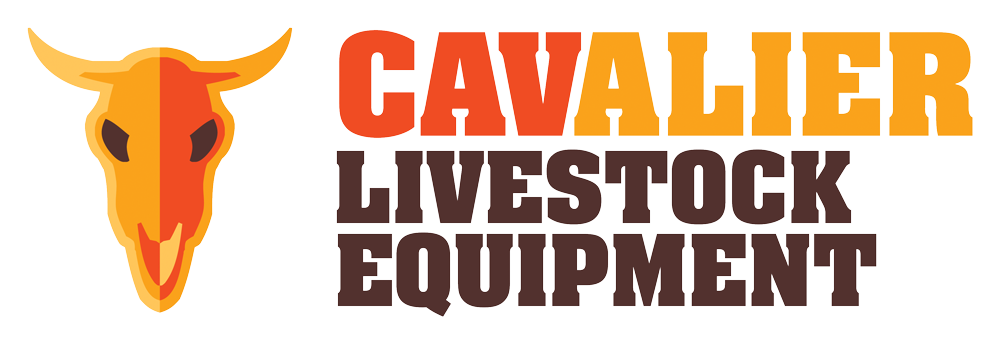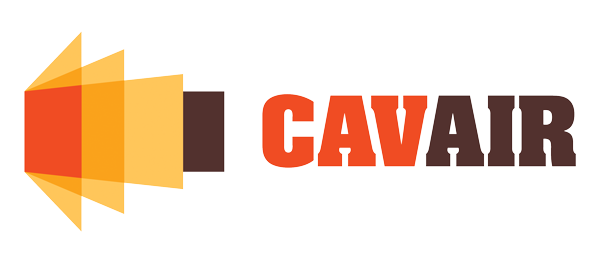Producers must understand their roles and responsibilities when transporting livestock and comply with the Animal Welfare Standards and Guidelines for the land transport of livestock and relevant state and territory legislation. In Australia, these regulations have been put in place to ensure the humane treatment of animals during transportation. We have put together a brief summary of these guides and regulations to help you.
Legal requirements when transporting LIVESTOCK
It is important for anyone planning to transport livestock to be aware of the legal requirements for vehicles and livestock handling facilities. Vehicles and facilities must
- be appropriate to contain the species
- have effective airflow
- have flooring that minimises the likelihood of injury or of livestock slipping or falling
- be free from internal protrusions and other objects that could cause injury
- have sufficient vertical clearance for livestock to minimise the risk of injury
- have adequate feed and water provision
- adhere to loading density guidelines
- provide sufficient spelling periods during the journey
ASSESSING LIVESTOCK FOR TRANSPORT
Livestock must be assessed as fit for the intended journey at every loading by a person in charge. An animal is deemed not fit for a journey if it is:
- Unable to walk on its own by bearing weight on all legs
- Severely emaciated
- Visibly dehydrated
- Showing visible signs of severe injury or distress
- Suffering from conditions that are likely to cause increased pain or distress during transport
- Blind in both eyes
- Known to be, or visually assessed to be near (within two weeks) of giving birth, as specified in the species requirements, unless time off water and journey is less than four hours duration to another property.
The Animal Welfare Standards and Guidelines for the land transport of livestock apply to all those responsible for care and management of the livestock throughout the transportation process. This includes drivers, companies, owners, agents and livestock handlers at farming enterprises, depots, saleyards, feedlots and livestock-processing plants. The chain of responsibility for livestock welfare in transport begins with the owner or their agent, and extends to the final receiver of the livestock. Read the full document here.



